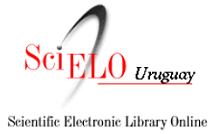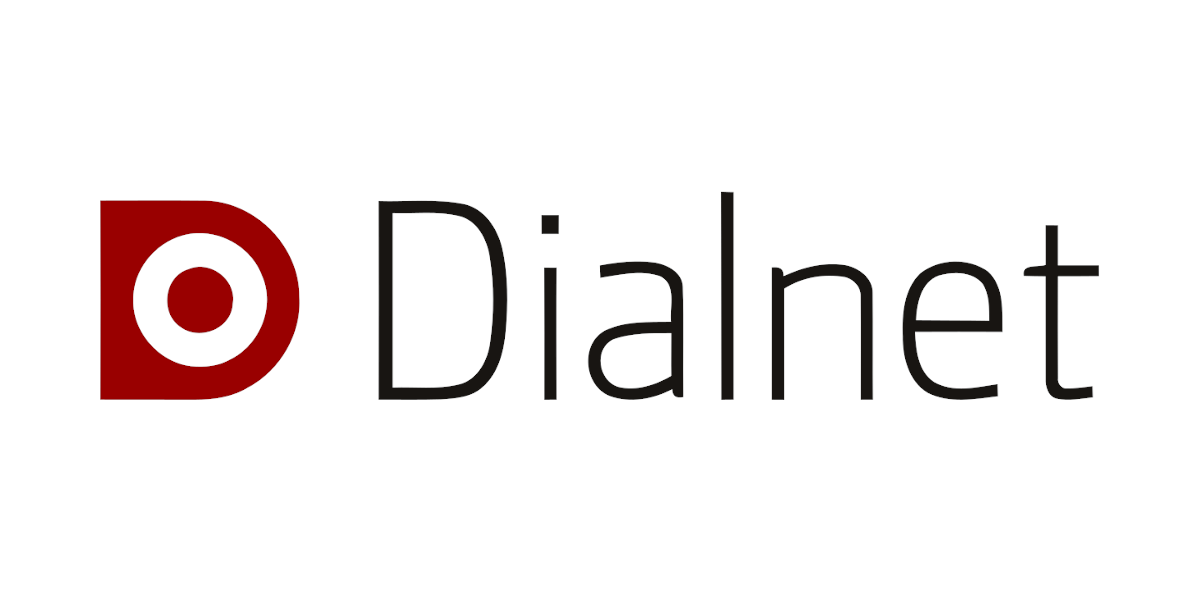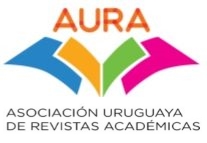Efecto zootécnico de reemplazar los microminerales del alimento de los pollos de engorde con el programa IntelliOpt
Palabras clave:
Minerales, Pollos de engorde, HistologíaResumen
The current broiler chicken production demands low-cost, high-quality food options that ensure consumer health. New trace mineral programs like IntelliOpt combine science and technology to enhance productivity, animal well-being, and profitability. This study evaluates the effects of a synergic blend composed by hydroxy trace minerals and organic trace minerals (IntelliOpt), compared to inorganic minerals on broiler chickens’ performance and intestinal villi morphometry. The study was conducted at Indepesa in Morelia, Mexico, using 1,650 Ross 308 male chicks divided into three treatments: 1) Negative control (NC) consisted by basal diets without the addition of any sources of minerals to the feed from day 1to day 42; 2) Basal diet with addition of inorganic minerals (Inorg); 3) Basal diets with the IntelliOpt program (IntelliOpt). Each treatment had 11 repetitions of 50 birds, housed with similar management practices. Experimental feeds were provided in three phases: 1-10, 11-28, and 29-42 days of age. Zootechnical parameters evaluated included body weight (BW), feed consumption, and FCR. Intestinal villi morphometry was assessed by sacrificing birds at 10, 21, and 42 days of age, measuring length/depth of the crypt (L/C) and total contact area with nutrients (ATN). Data analysis was performed using one-way ANOVA and Tukey’s test for significant differences. The results showed significant differences in BW among treatments from 28 days onward, with the IntelliOpt program consistently yielding the highest BW by the end of the trial (P<0.001). Feed consumption did not differ significantly among treatments, averaging 4.811 kg per bird at 42 days. Feed FCR was significantly better in the IntelliOpt group at 28 and 42 days (P<0.001). Morphometric analysis of duodenal villi indicated higher ATN indices at 11 days in the IntelliOpt group (P<0.001). Overall, IntelliOpt trace minerals demonstrated significant improvements in broiler performance and intestinal morphology compared to inorganic minerals under experimental conditions.
Descargas
Publicado
Cómo citar
Número
Sección
Licencia
Derechos de autor 2025 Sociedad de Medicina Veterinaria del Uruguay-Facultad de Veterinaria, Universidad de la República

Esta obra está bajo una licencia internacional Creative Commons Atribución 4.0.











